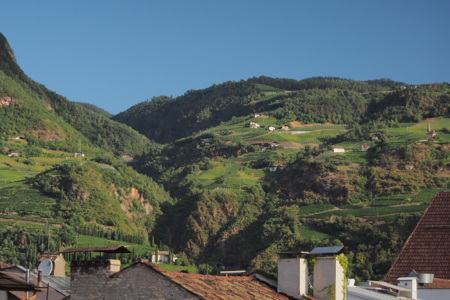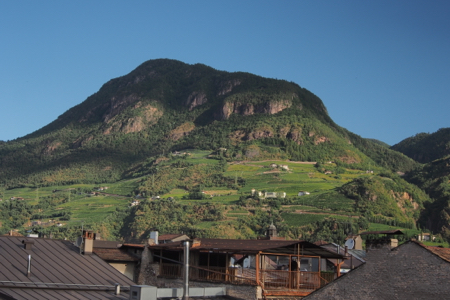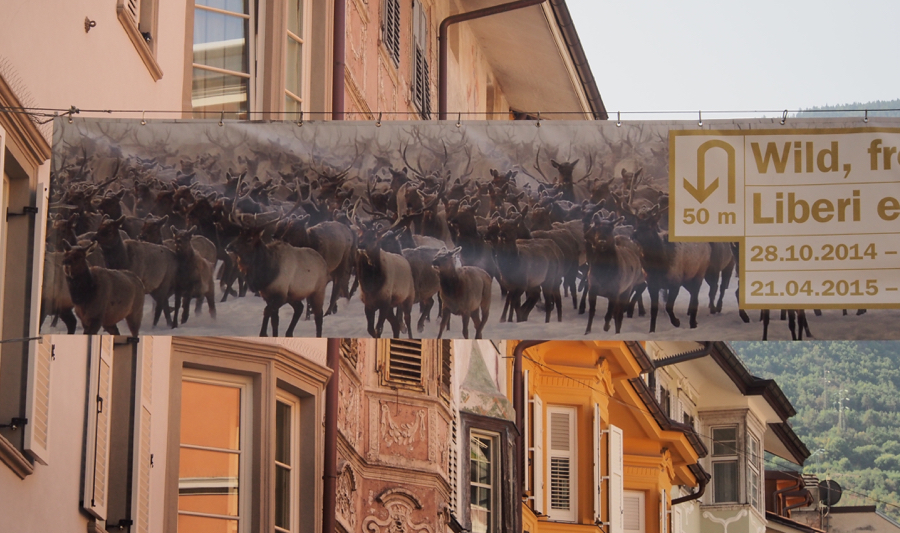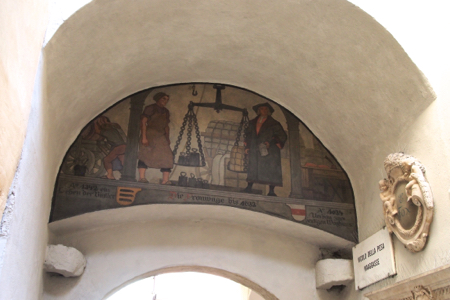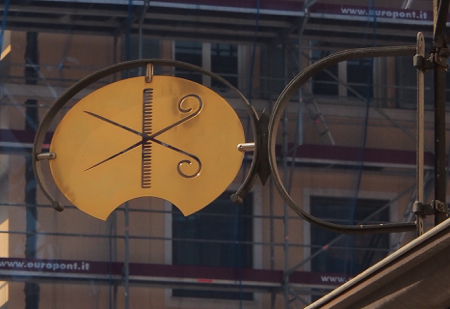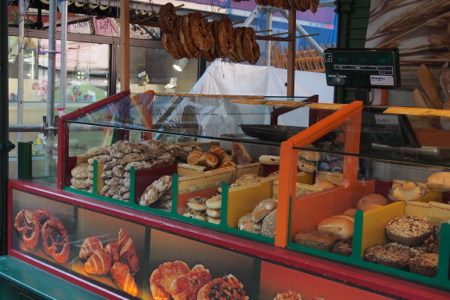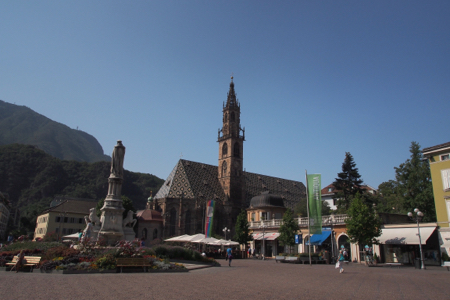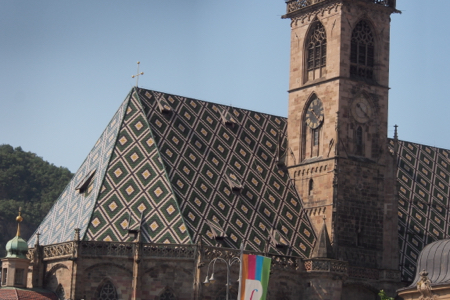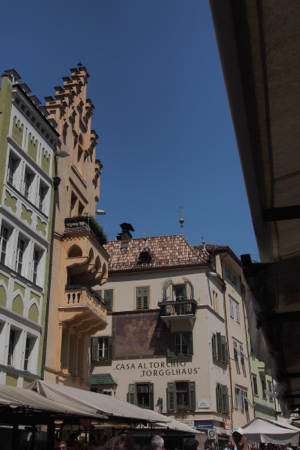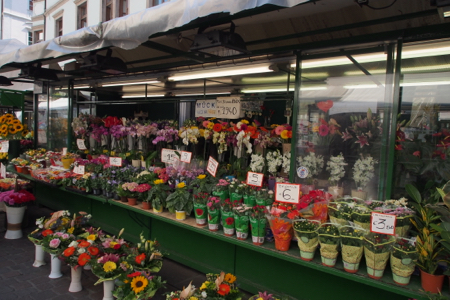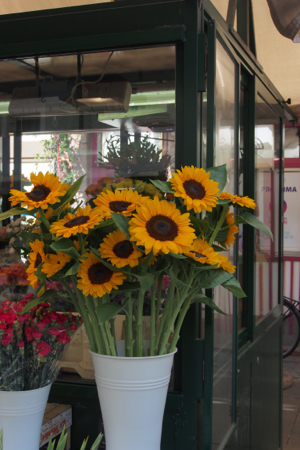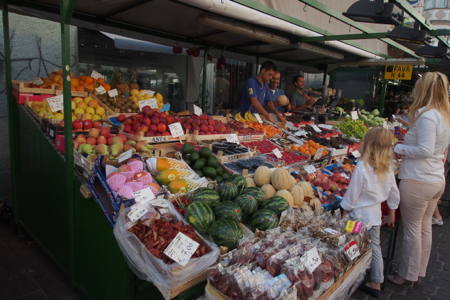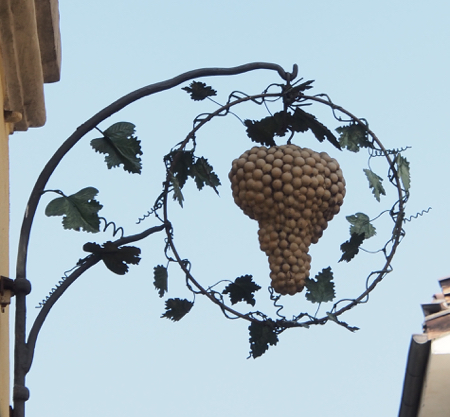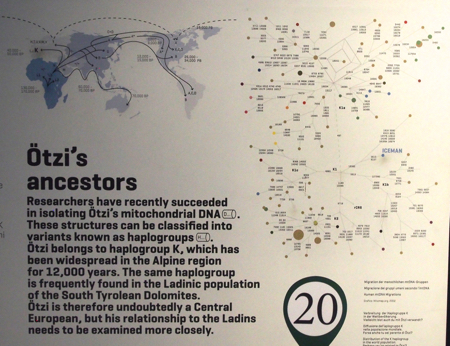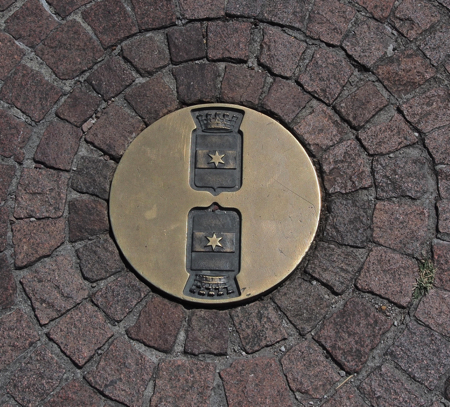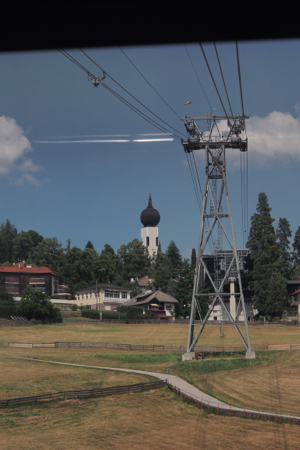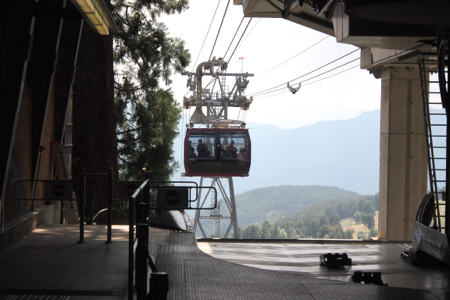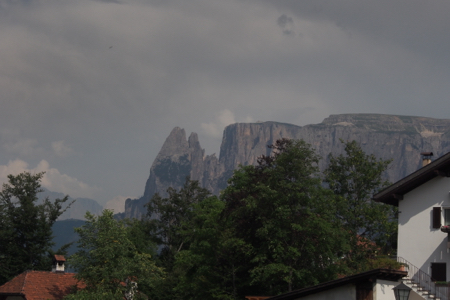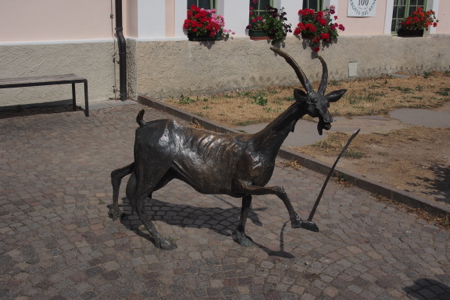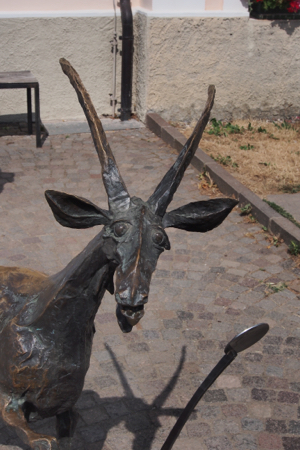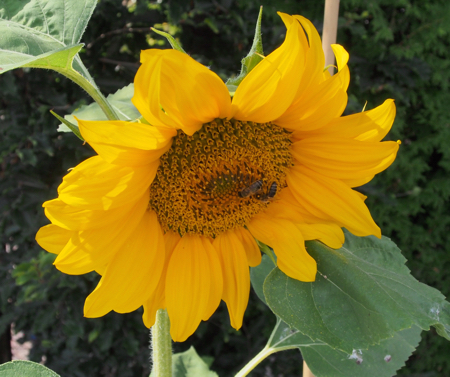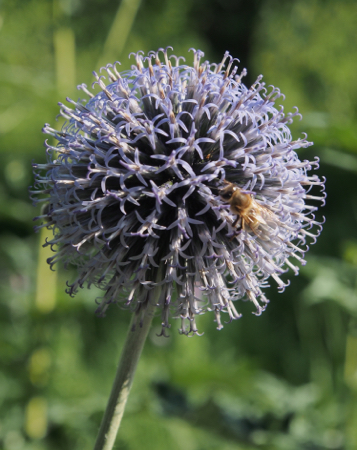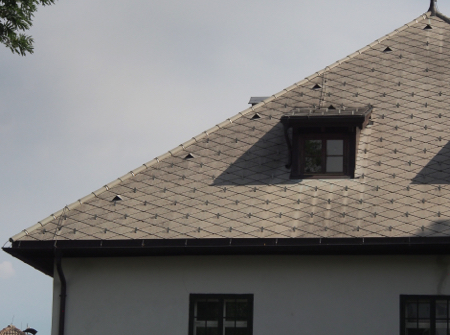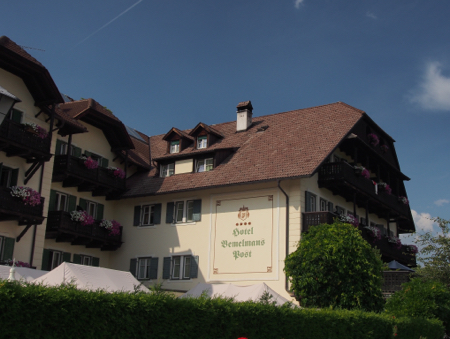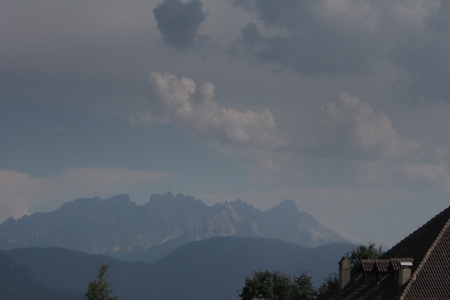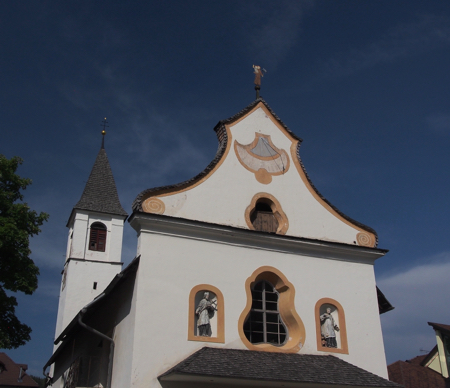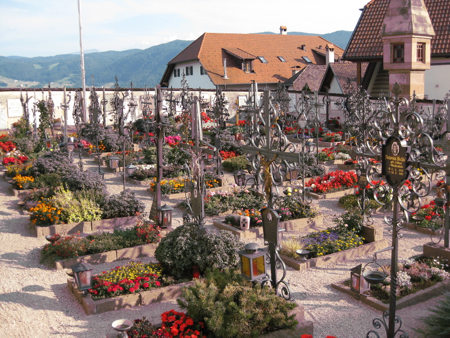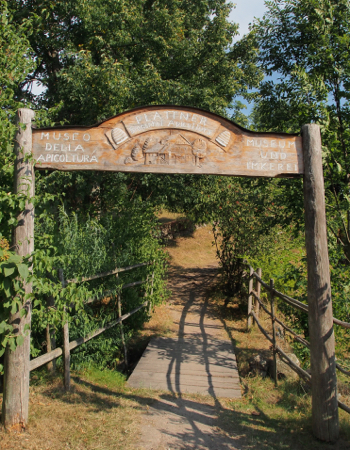Thurs., 7/23/15 – Bolzano
(The following is very interesting, but if you aren't a history person, you may want to skip it.)
We started this morning with a lecture on the history of South Tyrol by a local professor, Leonard, who is German but married to an Italian. South Tyrol is an autonomous region of the country of Italy. All of Tyrol was once part of the Austro-Hungarian Empire. In 1861 when the united Italy included all Italian-speaking people, the southern portion of Tyrol became part of Italy. The middle region contained both Italian and German speakers, and the north was all German. After WWI Italy, which supported the winning side, kept South Tyrol, Austria got North Tyrol, and the middle remained with Austria because 90% were German. Fascist Italy wanted the middle section, which contained the watershed of the Adige River, which flows south into Italy. The region is referred to as Alto Adige. The philosophy and goal of Fascism was to create the new Roman Empire and conquer land in North Africa and Tyrol. Th1922 the Fascists changed town, street, and people’s surnames from German to Italian. Even names on tombstones were changed. Schools were not just teaching only in Italian but also became military prep schools. This lasted for 20 years – one whole generation. German language and culture was taught in illegal “catacomb” schools. In 1930, Fascists brought heavy industry to Bolzano and brought in Italians to work there and dilute the remaining German population. In 1938 the Third Reich annexed Northern Tyrol because they still spoke German so Mussolini was to the south and Hitler to the north. In 1938 Alto Adige (middle Tyrol) made the mistake of voting 85% to choose Germany and Hitler instead of Fascism. 40,000 men joined the Nazi army in 1939. From 1942 to 1945, when the Mussolini regime fell to Germany, Italians here were sent to concentration camps along with Jews. After WWII Alto Adige was given by treaty back to Italy but the German peasants were not happy. In 1961 the peasants blew up 200 electricity towers (Fire Night) and the Italian democratic army invaded to put down the rebellion. A UN commission devised a solution. Both sides wrote out what they objected to and what they wanted. A deal was proposed and 50.4% voted to accept the deal: i.e., the border between Italy and Austria will be the watershed line; Alto Adige will be autonomous but ruled by Italy; there are two school systems, one Italian and one German and both will teach the other language as a second language; all holders of government jobs from mayor to street cleaners have to pass a bilingual test; roads built prior to WWI to peasant farms must be maintained by Italy; names would revert to the original family names; towns and street signs are to be listed in three languages – German, Italian and the local Liden. A big concession was that those who joined Hitler’s army during the war were given back their Italian citizenship if they wanted to return to Tyrol.
Italy now has five autonomous regions: Sardinia, Sicily, Trentino-Alto Adige, Aosta Valley and Friuli-Venezia Giulia. Sicily is Italy’s Greece where the unemployment rate is 60%.
This was an excellent presentation.
Our local guide arrived and we went on a walking tour with Luciano. We walked the cobbled streets to the Town Hall and its square and then down the market street where merchants once paid tolls. We walked into Grain Square with the weigh house to tally the tithe on the grain that was to be paid to the ruling Bishop. The town Cathedral is in the main square, Walther Square. It is a gothic structure and has a geometrically patterned tile roof. In the square is a statue of Walther von der Vogelweide, a 12 c. minstrel of love stories.
We walked up through the flower and fruit markets. It was very colorful and very busy.
| Return to Top | Return to Itinerary | Return to Trips page to view other trips | Return to Dreamcatcher Home Page |
